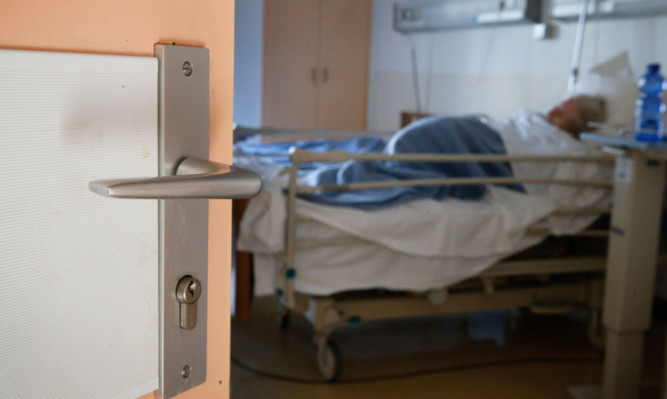
Hospital patients are being subjected to serious medical gaffes at a rate of 20 a day.
The nationwide catalogue of blunders includes babies unexpectedly dying, the wrong patients being operated on, fatal delays in diagnosis and objects being left inside patients after surgery.
During 2009/10, officials in hospitals across the country logged 2,700 incidents which required investigation known as serious untoward incidents but by 2013/14 they had soared to 7,200.
The Sunday Post probe found the most serious blunders known as “never events” because they are completely avoidable happen 10 times a month.
Hospital chiefs have defended their record, arguing cases have increased because they are now obliged to include pressure sores and falls among their statistics, inflating the figures.
But Labour’s shadow health minister, Jamie Reed, believes a truer explanation lies in swingeing Government cuts on the NHS. He said: “It is clear from the increase in serious untoward incidents that quality of care is suffering. The NHS is increasingly under-resourced, under-staffed and under pressure.”
Using freedom of information laws, The Sunday Post asked hospital trusts throughout England for the number of serious untoward incidents they had recorded over each of the previous five years.
A total of 88 trusts provided a full response, which showed a dramatic 167% rise in cases from 2,700 in 2009/10 to 7,200 during 2013/14.
Combined with a further 13 trusts which provided partial responses, there have been 26,396 serious untoward incidents over the past five years, and 640 never events.
Among the blunders last year was the Westmorland General Hospital in Kendal, Cumbria, where a right hand operation was carried out on the wrong patient an error which was classified as a never event.
University Hospitals of Morecambe Bay NHS Foundation Trust, which operates the hospital, also logged a case where the wrong “implant or prosthesis” was used and a baby suffered a broken shoulder during birth.
At York Teaching Hospitals NHS Foundation Trust two cases of “sub-optimal care” in which the patient died were recorded while there were two cases of objects left in patients after surgery and one of equipment failure in which the patient died.
City Hospitals Sunderland NHS Foundation Trust recorded five unexpected neonatal deaths.
Melissa Gardner, a specialist medical negligence solicitor at law firm JMW, said: “When a so-called serious untoward incident occurs it should be followed by a full and frank investigation and how this can be prevented in the future.”
The Department of Heath spokesman said:“It is positive that people are feeling more confident about reporting mistakes. From this lessons can be learned and patient safety will improve.”

Enjoy the convenience of having The Sunday Post delivered as a digital ePaper straight to your smartphone, tablet or computer.
Subscribe for only £5.49 a month and enjoy all the benefits of the printed paper as a digital replica.
Subscribe